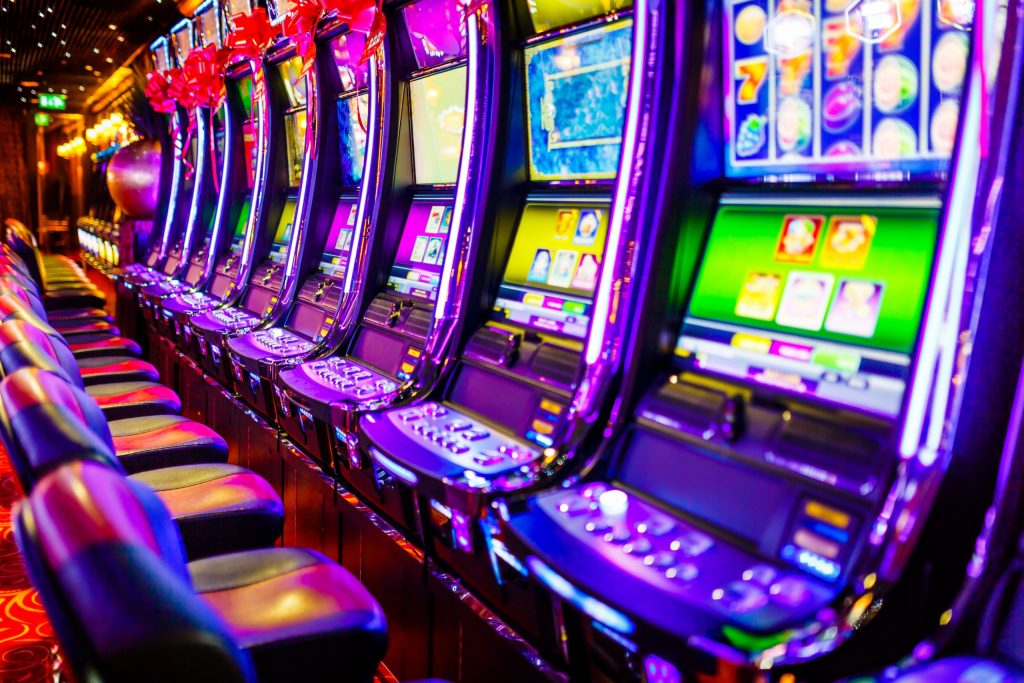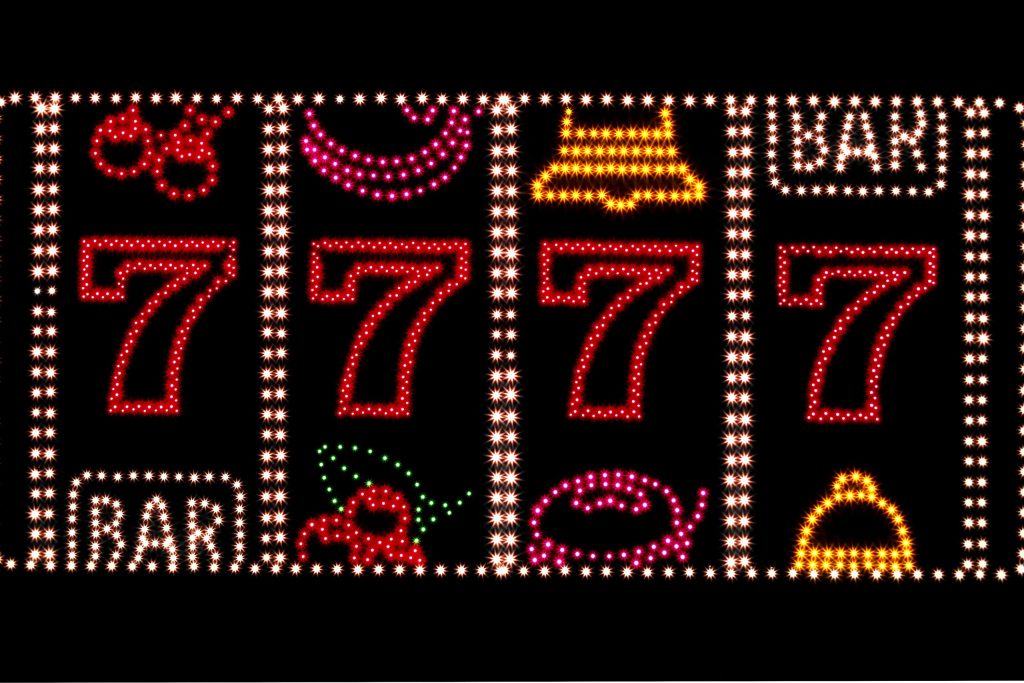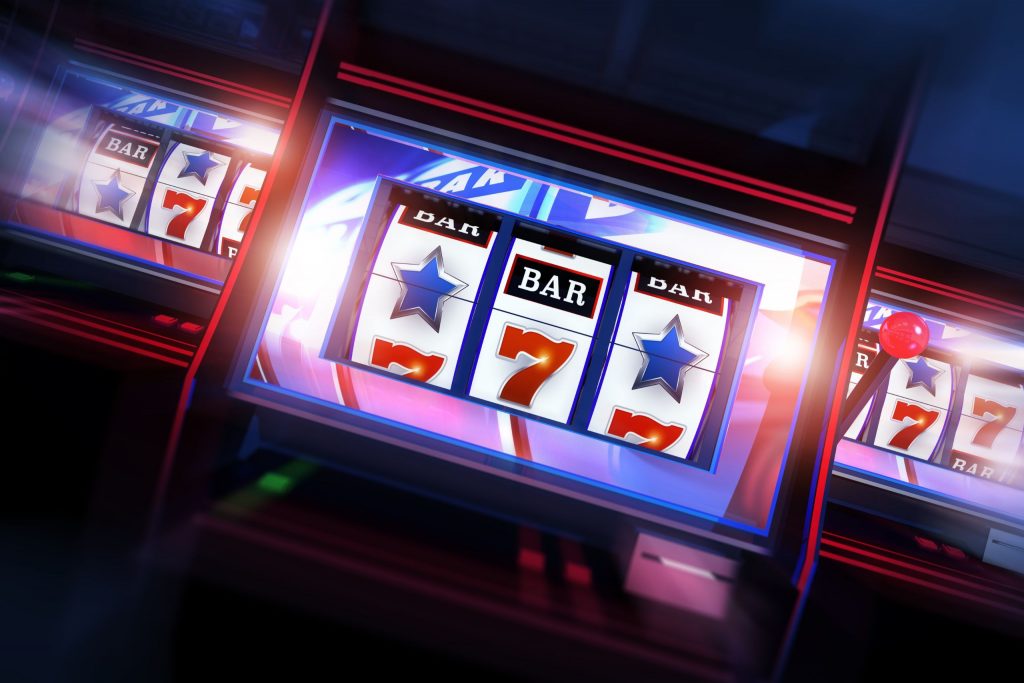
In online slots, return to player (RTP) is the proportion of the money a game is supposed to bring back over time. An RTP of 96% for example suggests that a player may expect to get $96 on average for every $100 spent. For players, knowing RTP is essential as it enables them to assess the possible profitability of different slot games, therefore directing their choice of betting. Usually reflecting increased possibilities of winning, a higher RTP shapes the whole experience and approach of the player. RTP is computed over time, hence individual gaming sessions might differ greatly even if they Combining RTP data with knowledge of slot volatility—how often and substantially wins occur—can thus enable a player to choose games that fit their risk tolerance and gaming tastes. At least, this methodical strategy increases the fun and efficiency value of playing slots.
What is RTP and Why Does It Matter?
When playing a slot machine, return to player (RTP) is a vital figure that helps players decide how much of their overall bets they should anticipate to recoup over time. Said as a percentage, RTP reveals a player’s projected theoretical pay-off. For instance, a slot game with an RTP of 97% will pay players, on average, $97 back in prizes for every $100 paid over the long term. Remember that this is just about averages; individual sessions vary greatly, hence you can lose one day and win huge another!
The fairness of online slot games is often judged on RTP. Generally speaking, a higher RTP points to a more player-friendly game as it implies that the casino has a smaller house advantage, thereby improving players chances of winning. Looking for those with higher RTPs can assist you decide where to spend your money while investigating many slots. Knowing RTP helps you to appreciate your gaming experience more completely as you are playing on fair conditions.

How RTP Influences Your Slot Experience
In the realm of online casinos, return to Player (RTP) is very vital in determining player happiness and game results. RTP basically shows you over time how much of your paid money should be anticipated to be returned to you. Better odds of winning from a higher RTP translate into organically increasing player pleasure. If a slot game advertises an RTP of 97%, for instance, you may expect to receive back $97 for every $100 you gamble over a lengthy time. This openness encourages players to make reasonable decisions, therefore improving the fairness and enjoyment of the game surroundings.
Still, RTP should be taken into account in proportion with game volatility—that is, the degree of risk connected with a certain game. While high volatility slots may have a lower RTP, low volatility games usually pay less. This balance allows players to choose games appropriate for their playing style whether they are looking for an exhilarating ride with the chance of hitting it big or prefer a steady stream of modest successes. Knowing RTP and volatility will let players to identify their ideal position in the gaming scene, thereby improving their whole online casino experience.
Finding High-RTP Slots
Finding slots with better RTP percentages can greatly improve your gaming experience and increase your winning probability. Looking at the game statistics before you play is one of the simplest approaches to get going. Usually found in the section on game rules or description, most online casinos provide the RTP % in the Search for slots with an RTP of at least 97% as over time they often provide superior returns.
Checking reliable platforms and casino review websites is another excellent advise. Many times, these sites provide thorough studies of many slot games along with RTPs. Their observations from other players can help you to better decide whether games are worth attempting. Remember to search for games created by respectable software companies as they are more likely to have reasonable RTP percentages.
The Myths and Facts About RTP
Regarding Return to Player (RTP) in casinos, many players fall for the myth that a high RTP ensures short-term gains. If you find a slot with an RTP of 98%, for example, you may think that in your next session you would get back €98 for every €100 you risk. But this point of view is untrue. RTP bases on a long-term average across a large volume of spins; it does not project individual gaming sessions. This implies every session seems erratic as you might have a string of losses or winnings unrelated to the RTP.
Another widespread fallacy is that RTP ensures constant returns depending on your betting level. Many times, players feel they will get a matching percentage back if they gamble a certain amount. This theory dismisses variance, which explains the ups and downs in your game experience. A game’s high RTP does not guarantee that you will immediately see those returns; you can strike a dry period or find luck and win large. In the end, knowing that RTP is a statistical estimate across time will enable you to control your expectations and completely appreciate your gaming environment.
Tips for Playing Slots With RTP in Mind
Understanding the Return to Player (RTP) percentage can help you to maximise your pleasure and possible profits from playing online slot games. Search for games with a higher RTP, preferably between 96% or more, as over time these slots potentially return more of your money. You may thus expect to gain back $96 for every $100 you gamble. Combining this understanding with sensible gambling techniques can improve your gaming experience greatly. Before you start to play, always create a budget and follow it. This strategy guarantees that you may enjoy the game free from the worry over overspending.
Think furthermore about the volatility of the slots you decide for. Seek low volatility games if you want smaller, more frequent winnings. Conversely, if you’re OK with waiting for a larger payoff, highly volatile games can suit your taste. Playing within your limits and choosing the appropriate games can help you to have more fun whatever your inclination. At last, use demo versions to experience a game before making actual bets; keep in mind to take pauses should you feel overburdled. A good experience depends on keeping it light-hearted and enjoyable.

Conclusion
For online slots, RTP, often known as Return to Player, is a vital statistic as it gives players a percentage showing the anticipated return on their bets over time; for instance, a slot with an RTP of 96% means that players may expect to earn back $0.96 for every $1 paid over time. Knowing RTP enables players to evaluate the possible profitability and danger of different slot games, therefore guiding their decisions to improve their gaming experience. Combining this knowledge with aspects like volatility and house advantage will help players to choose slots that fit their interests and play style, therefore creating a more interesting and strategic gaming environment.





